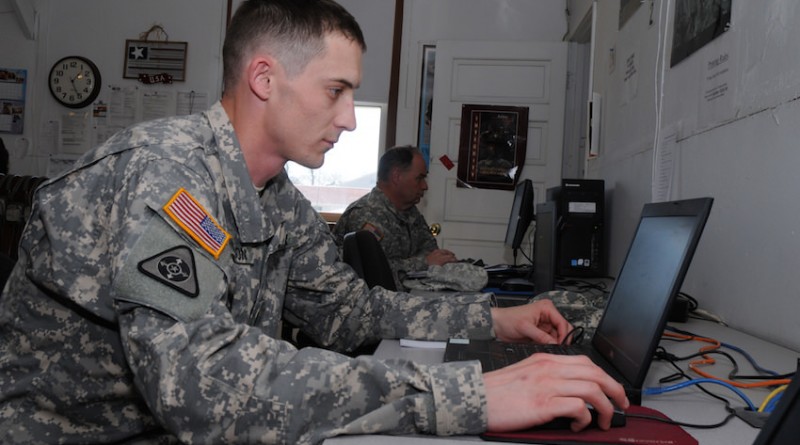Computer Training And The United States Military
The United States Armed Forces has actually not consistently been as readily available as it is today in terms of information. Before the internet age, computer training was more of a luxury compared to the accepted norm. Guidebooks, as well as instructions, were kept in paper form as well as was dependent on prompt submission of adjustments and alterations. Resolution records were maintained in the exact same way. This system of document keeping was often laborious and even counter-productive. The Army recognized this as a problem but were not technically progressed to fix this issue. Ultimately, organization decreases and other elements created a larger problem: documents management without skilled employees.
Another problem began to appear as it relates to informing employees. As any individual who served in the US Armed Forces, pre-internet era, knows it could be quite challenging to obtain a formal college education. The typical method of getting a non-traditional education and learning was with correspondence courses. While this was relatively economical to the student, it was likewise really reliant on the United States Mail. Lost certificates or course materials was a significant problem. All this often cost students points towards promos. Eventually, top military leaders figured out that on-line computer training was the method to go.
The internet computer system training would certainly be an additional action to taking the military training program from the 20th Century right into the 21st Century. Taking the military online would not just ease this issue, yet would certainly aid prepare the armed forces for various other developments in innovation.
In order to complete this activity, the armed force needed to realize shortages and make actions to easing them. Knowing that the military had members that were computer system savvy, and trainable aided in the transition. However, there was insufficient personnel immediately available. Often, participants that had actually gotten computer training while in the army were leaving for higher paying works in the noncombatant sector.
The primary step the military required to progress with modern technology was to establish a military job-related specialized (MOS) for computer programmers. The armed forces proactively recruited from technological colleges, often offering monetary motivations to potential candidates. Incentives included: traditional tuition help and also bonuses. These members were provided with computer system training; hardware, software, networking and even more. Individual commands produced their very own Info Services Administration Workplaces (ISMO) made up of computer educated participants. Via ISMO’s local commands were connected using computer network (LAN) and wide area networks (WAN). This confirmed to be a really intelligent move on the part of the armed force.
Once developed, participants holding this MOS were provided motivations to stay in the military service; rewards, assured task station missions, among others.
Having computer system trained workers in the army has provided the military with the capacity to equal technology. With the arrival of the web, as well as the subsequent technology explosion came a number of much more improvements. These advances have permitted the armed forces to produce online environments. Via these online projects, the armed force, has streamlined document keeping methods and made on the internet computer system training available to its members around the world.
With all of these breakthroughs, the United States Armed Forces has actually come to be an army force of the future.
For more information about USA military visit their website http://www.army.mil



